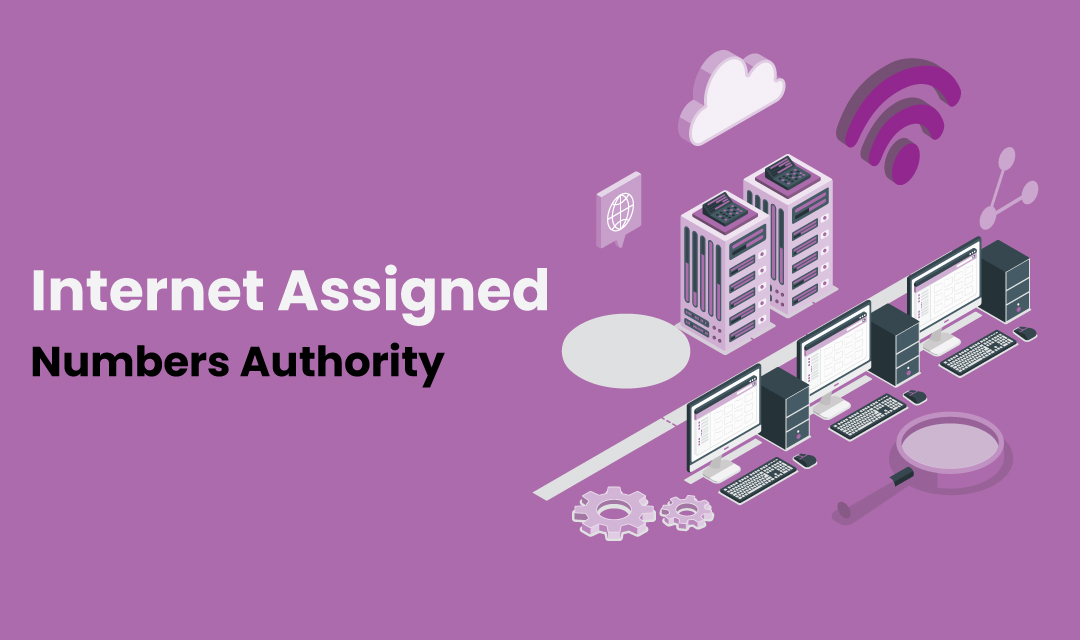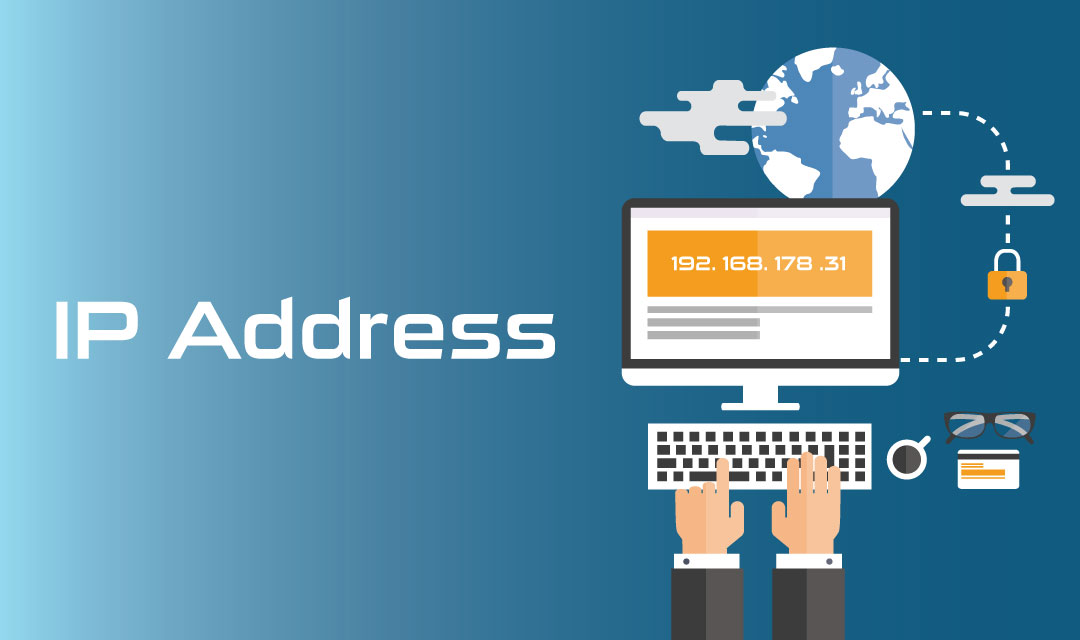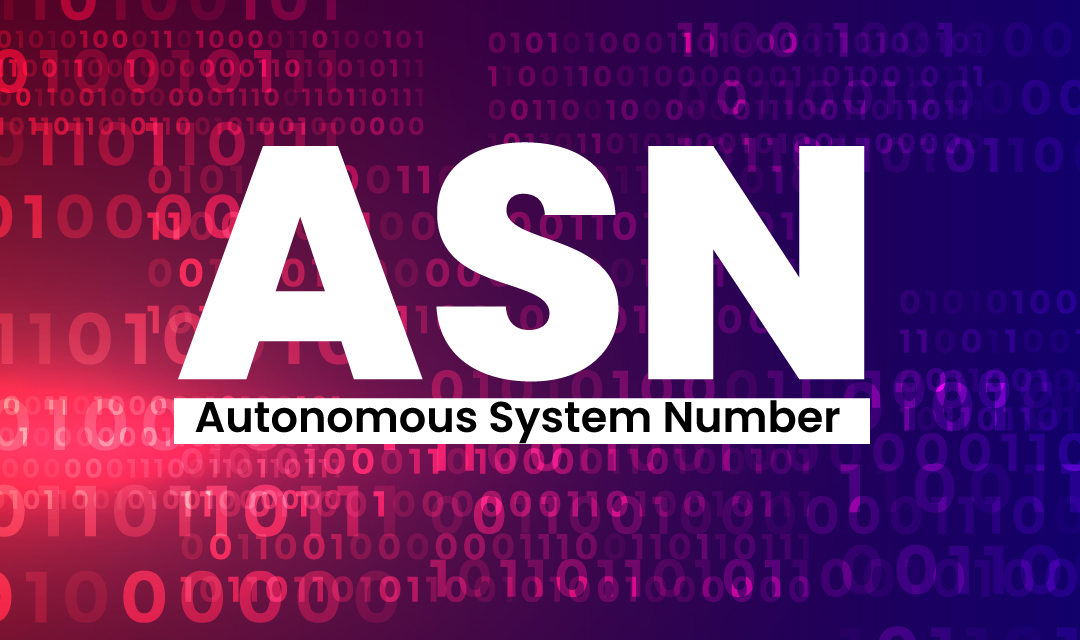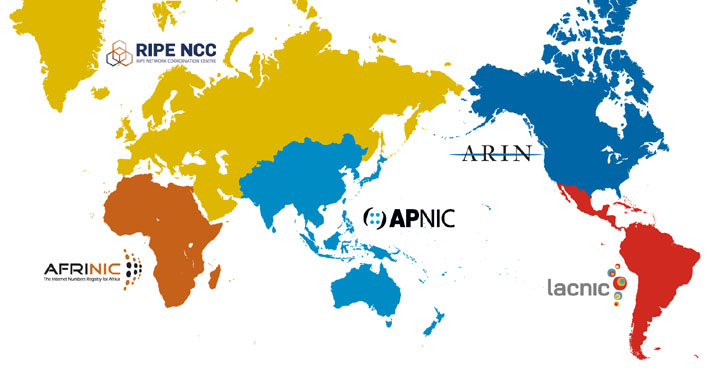
There are many types of IP threats to your business, but the most prevalent are Remote Access Trojans and Phishing. This article outlines some of the best ways to protect your IP.
Keep reading for more information! In addition, you'll learn about Insider Threats, Remote Access Trojans, and Trojans/Malware. If your business has multiple IPs, there are many ways to protect them.









